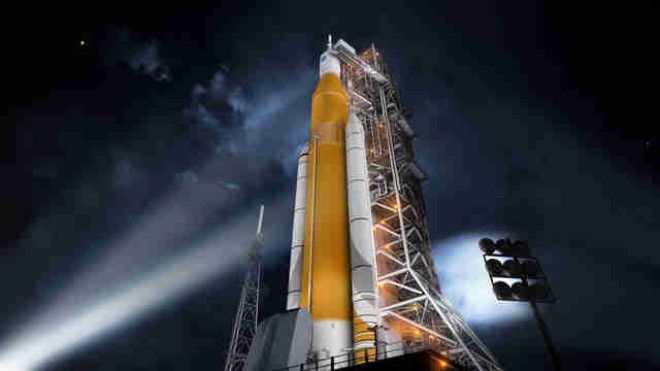
The Space Launch System and Orion spacecraft
What it is: The rocket and crew vessel that will get us to Mars
Status: Ongoing
There are countless projects that must succeed in order for NASA to make good on its mission to eventually put humans on Mars, but the most critical of them all is probably the innovative Space Launch System (SLS) -- the most powerful rocket NASA has ever built. It will be the launch vehicle for the Orion spacecraft, also currently under development, and designed to safely transport a small crew of astronauts further into space than humans have ever traveled before. Both systems have undergone a litany of tests for years now (the Orion has even made a test flight into Earth's orbit), and as of now appear to be on track for a November 2018 (crew-less) launch into orbit around the moon -- a so-called "dress rehearsal" for the more ambitious manned missions going forward.
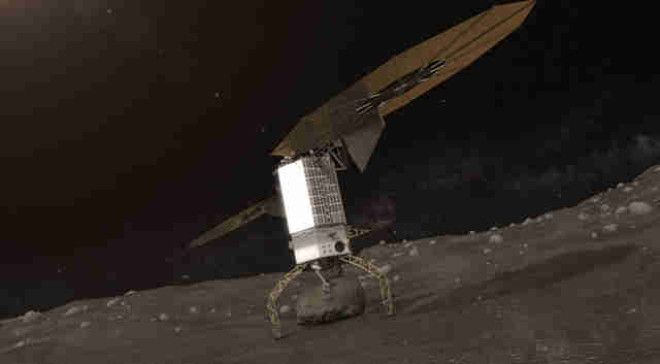
Asteroid Redirect Mission
What it is: Rerouting an asteroid to orbit around the moon in order to explore its surface and train astronauts for Mars
Status: Anticipated launch in the 2020s
This sounds a lot like Armageddon, but it's not quite the Bruce Willis doomsday-averting mission you're probably imaging. Rather, this is NASA's plan to land an unmanned craft on a near-Earth asteroid, collect tons (literally) of surface samples, redirect the asteroid into a stable orbit around the moon, and return to Earth.
So what's the point of redirecting the asteroid at all? Well, it's actually going to be used for training purposes. Astronauts already in space aboard the Orion will use this opportunity to practice landing on the asteroid and exploring the surface, testing the capabilities needed to successfully navigate a manned mission to Mars.
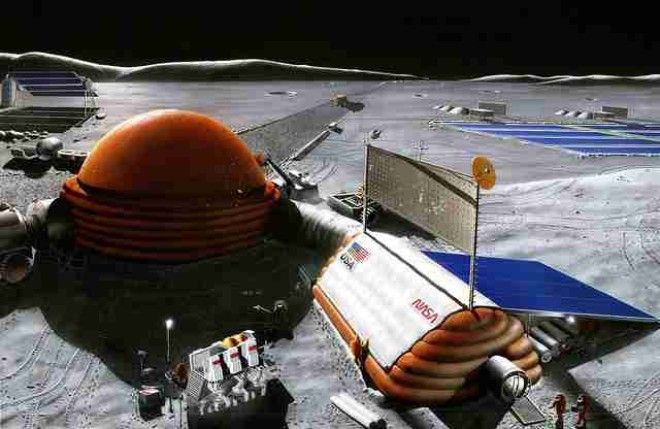
Lunar base
What it is: An astronaut pit stop and refueling depot on the moon
Status: Unconfirmed, but potentially early 2030s
It's been a few since we stepped foot on the moon (43 years and some change), but a NASA-funded study has laid out a fairly comprehensive plan to get us there again -- and this time, for quite a long stay. While there are no formal plans to build such a base, the study suggests that NASA could quite easily land humans on the moon in the short term and build a base in the next 10-15 years.
A lunar base would be instrumental in furthering human space travel. It would not only provide a pit stop of sorts for crews to prepare for prolonged travel (to Mars or beyond), but the moon's polar ice caps could be mined for hydrogen, which could then be turned into rocket fuel.

NExSS
What it is: A special team of scientists searching for aliens
Status: Ongoing
Actively hunting for life on other planets is of legitimate interest to NASA, so much so that it has a coalition of scientists to study not only what conditions must be present to support life on other planets, but also to confirm the habitability of the never-ending stream of newly discovered planets. The Nexus for Exoplanet System Science (NExSS) is made up of Earth and planetary scientists and physicists from leading American universities, working in partnership with NASA to study one of the biggest questions of our time: are we alone?
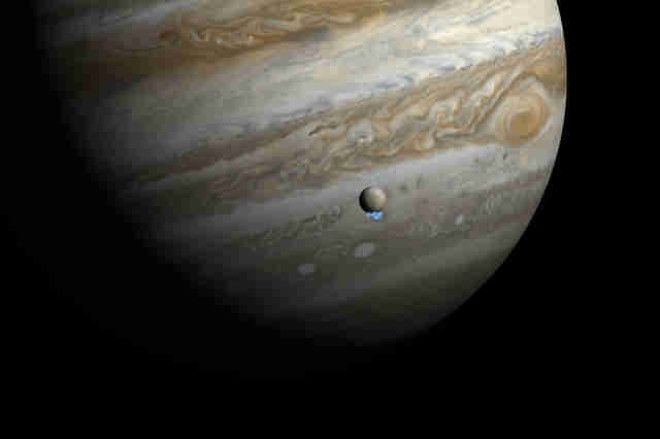
Europa Mission
What it is: A flyby of Jupiter's (potentially Earth-like) moon
Status: Anticipated 2020s launch
Exploring Jupiter's icy moon Europa is on NASA's short list for one main reason: the oceans beneath its ice sheets may be very to similar to those on Earth, and thus its atmosphere may be uniquely suited to support human life. Right now, the plan involves sending a craft to conduct a flyby mission (or technically, 45 flybys at various altitudes), during which it will be able to collect enough info to justify further exploration.

The James Webb Space Telescope
What it is: An incredibly powerful space telescope that will run circles around the Hubble
Status: Launching October 2018
Touted as the successor to the Hubble Telescope, the JWST has been in development for nearly 20 years at this point. It will be our eyes into deep space for at least a decade, getting a close look at some of the most distant objects in the universe -- including some of the first stars and galaxies to form after the Big Bang. It's so powerful that some astrophysicists aren't even quite sure what crazy stuff they'll be able to see. After an absurd number of setbacks and never-ending budget overages, it seems to be on track to get out there and do its thing in just a couple years.
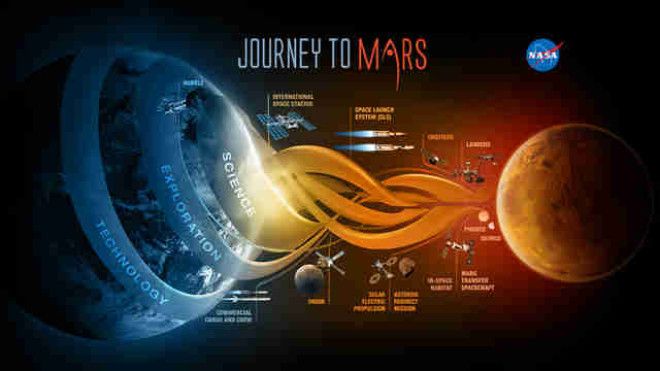
The Journey to Mars
What it is: The inaugural crewed, long-haul mission to the Red Planet
Status: Ongoing with possible human touchdown in the 2030s
So what exactly is the deal with NASA's Mars plans, now that upstarts like SpaceX and Blue Origin are nipping at its heels? It's laid out a fairly comprehensive vision (that's more than can be said about Elon Musk or Jeff Bezos), which involves pulling off a series of successful "proving ground" missions (e.g., the aforementioned SLS/Orion launches and Asteroid Redirect Mission) before greenlighting any further movement or making any serious progress on a Mars outpost.

